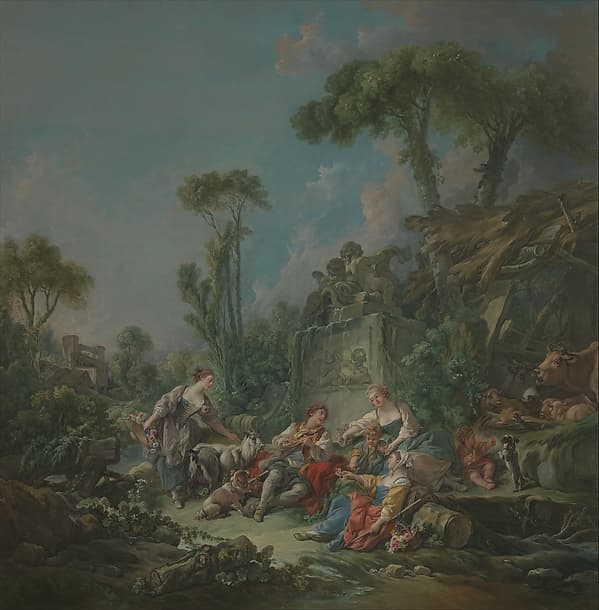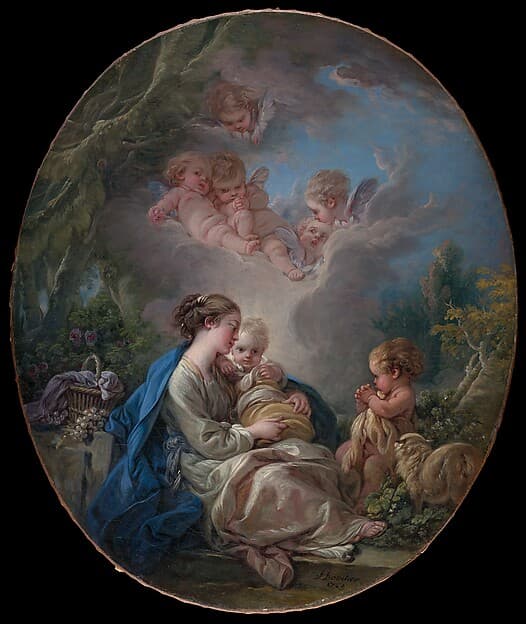
Related Artworks
Discover similar artworks

Portrait of Adrienne-Sophie Marquise de ***
1779

Portrait of Gessner
1775

Vignette (Tome 1.er, page 164, lib. II, fab. 15), Jupiter Carries Europa Away, from Les Métamorphoses d'Ovide en Latin et en François de la traduction de M. l'Abbé Banier de l'Académie Royale des Inscriptions et Belles-Lettres. Avec des explications historiques. A Paris Chez Despilly rue saint Jacques à la croix d'or. MDCCLXVII. Avec Approbation et Privilège du Roi
ca. 1765

Portrait of Prosper Jolyot de Crébillon
ca. 1802

Portrait of Jean-Jacques Rousseau
1801

Portrait of Pierre-Henri de Valenciennes
1788

Portrait of Adrienne-Sophie Marquise de ***
1779

Portrait of André Danican Philidor
1772

Portrait of Louis-Philippe, duc d'Orléans
1778
![Vignette en regard du nom de Aug. de St. Aubin (Vignette next to the name of Augustin de Saint-Aubin), volume 2, plate 150 of "Dictionnaire des Graveurs. Anciens et Modernes Depuis l'origine de la Gravure, par F. Basan Graveur, Seconde Edition [...] 1789"](/_next/image?url=https%3A%2F%2Fimages.metmuseum.org%2FCRDImages%2Fdp%2Fweb-large%2FDP829014.jpg&w=3840&q=75)
Vignette en regard du nom de Aug. de St. Aubin (Vignette next to the name of Augustin de Saint-Aubin), volume 2, plate 150 of "Dictionnaire des Graveurs. Anciens et Modernes Depuis l'origine de la Gravure, par F. Basan Graveur, Seconde Edition [...] 1789"
1762

Portrait of Jean-Jacques Rousseau
1777

Portrait of Victor Amédée, roi de Sairdaigne
1777
More by François Boucher
Explore other works by this artist

The Fair Bather
1799

Venus Giving Nectar to Cupid
18th century

Love Instructed By Mercury
18th century

Boucher présenté à Madame de Pompadour (Boucher presented to Madame de Pompadour), from "Le Monde Illustré"
June 29, 1861

Nymphs and Cupids
ca. 1769

Study for a Monument to a Princely Figure

Jupiter, in the Guise of Diana, and Callisto
1763

Washerwomen
1768

Shepherd's Idyll
1768

Virgin and Child with the Young Saint John the Baptist and Angels
1765

The Dispatch of the Messenger
1765

Angelica and Medoro
1763